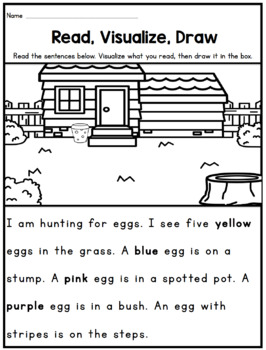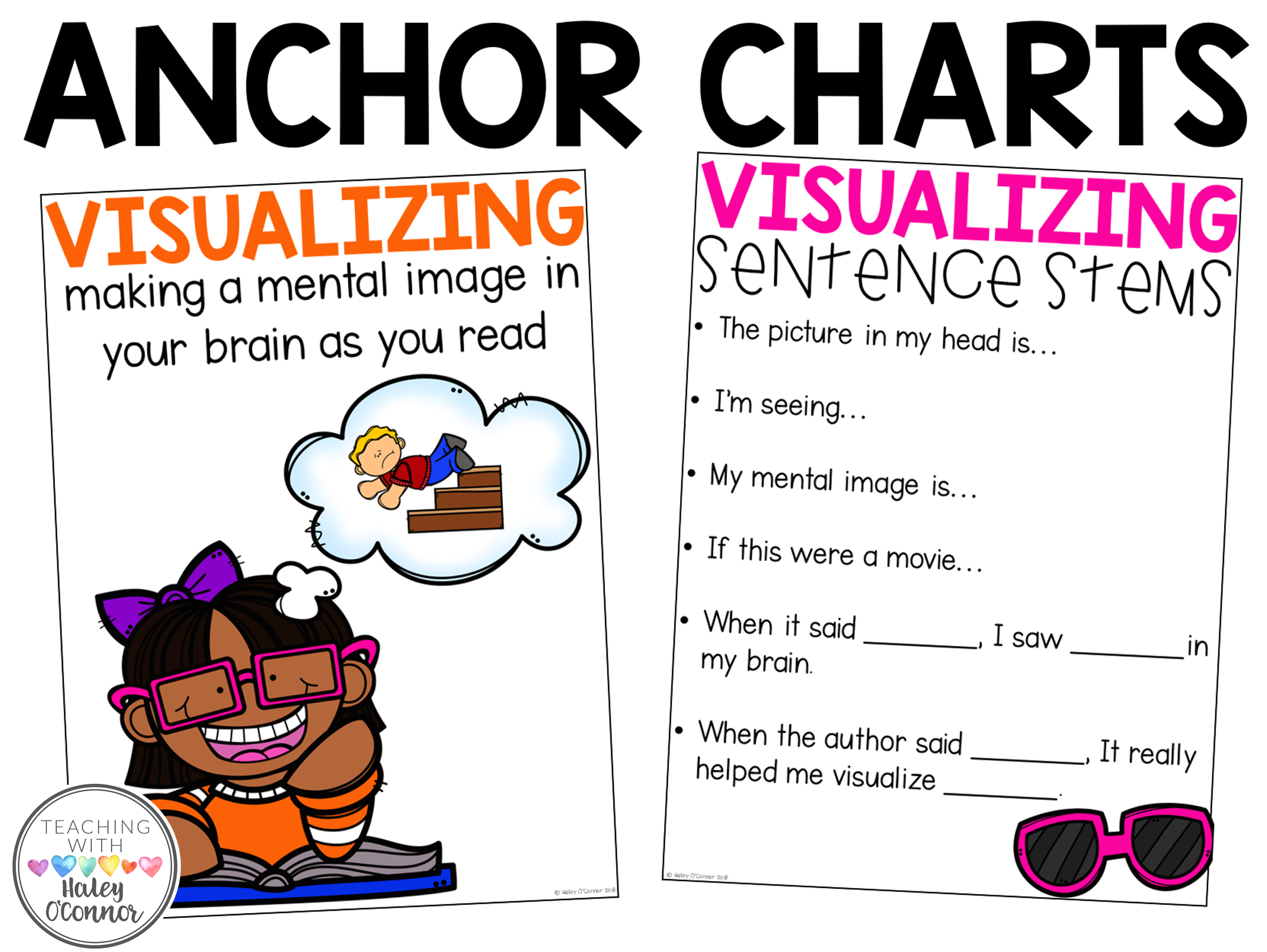

Line charts display dates in chronological order at specific intervals or base units, such as the number of days, months, or years, even if the dates on the worksheet are not in order or in the same base units. Line charts distribute category data evenly along a horizontal (category) axis, and all numerical value data along a vertical (value) axis.Ĭonsider using a line chart with time scale along the horizontal axis. In Power View, you have three column chart subtypes to choose from: stacked, 100% stacked, and clustered. In column charts, categories are along the horizontal axis and values along the vertical axis.

Column charts are useful for showing data changes over a period of time or for illustrating comparisons among items. Column chartsĭata that is arranged in columns or rows on a worksheet can be plotted in a column chart. In Power View, you have three bar chart subtypes to choose from: stacked, 100% stacked, and clustered. You want to compare the data for numerous categories. Your data contains positive, negative, and zero (0) values.
#READING VISUALIZATION WORKSHEETS SERIES#
You have one or more data series that you want to plot. Consider using a bar chart in any of these cases: In a bar chart, categories are organized along the vertical axis and values along the horizontal axis. In line, bar, and column charts, the x-axis displays one field and the y-axis displays another, making it easy to see the relationship between the two values for all the items in the chart. Line, bar and column charts are useful for comparing data points in one or more data series. More about Bubble and scatter charts in Power View. You can add a “play” axis to a scatter or bubble chart, too, to view data as it changes over time. In a bubble chart, a third numeric field controls the size of the data points. In scatter charts, the x-axis displays one numeric field and the y-axis displays another, making it easy to see the relationship between the two values for all the items in the chart. Scatter and bubble charts are a great way to display a lot of related data in one chart. The part of the pie chart that applies to that bar is highlighted, and the rest of the pie is grayed. You can cross-filter a pie chart with another chart. You can make a pie chart that drills down when you double-click a slice, or a pie chart that shows sub-slices within the larger color slices.

Pie charts are simple or sophisticated in Power View. Highlight that value in all the other charts in the report.Ĭharts are interactive in a presentation setting, too-for example, in reading and full-screen modes in Power View in SharePoint or in a Power View sheet in an Excel workbook saved to Excel Services or viewed in Microsoft 365. You have several design options in a chart-showing and hiding labels, legends, and titles.Ĭharts are interactive: As you click values in one chart, you:įilter to that value in all the tables, matrices, and tiles in the report. Charts can have multiple numeric fields and multiple series. Power View offers a number of chart options: pie, column, bar, line, scatter, and bubble. Multiples, filtered to breads and sorted in descending order by quantity servedĬolumn chart filtered to breads, showing quantities served and consumed Line chart in tile container showing quantities consumed and server, filtered to croissants January to December Tile flow navigation for tiles, currently on croissantĬard in a tile container, filtered to the current tile (croissant) Multiples: A set of charts with the same axes Tip: To create another visualization, start another table by clicking the blank sheet before selecting fields from the fields section of the field list.Įxamples of visualizations available in Power View Depending on the data in your table, different visualization types are available, to give you the best visualization for that data. Power View draws the table on the sheet, displaying your actual data and automatically adding column headings.Ĭonvert the table to a visualization by choosing a visualization type on the Design tab. Create a visualizationĬreate a table on the Power View sheet by checking a table or field in the field list or dragging a field from the field list to the sheet. For every visualization you want to create, you start on a Power View sheet by creating a table, which you then easily convert to other visualizations, to find one best illustrates your data. In Power View in SharePoint 2013 and in Excel 2013, you can quickly create a variety of data visualizations, from tables and matrices to bar, column, and bubble charts, and sets of multiple charts. You can also easily Import Excel workbooks into Power BI Desktop.
#READING VISUALIZATION WORKSHEETS DOWNLOAD#
As an alternative, you can use the interactive visual experience provided by Power BI Desktop, which you can download for free. Important: In Excel for Microsoft 365 and Excel 2021, Power View is removed on October 12, 2021.


 0 kommentar(er)
0 kommentar(er)
